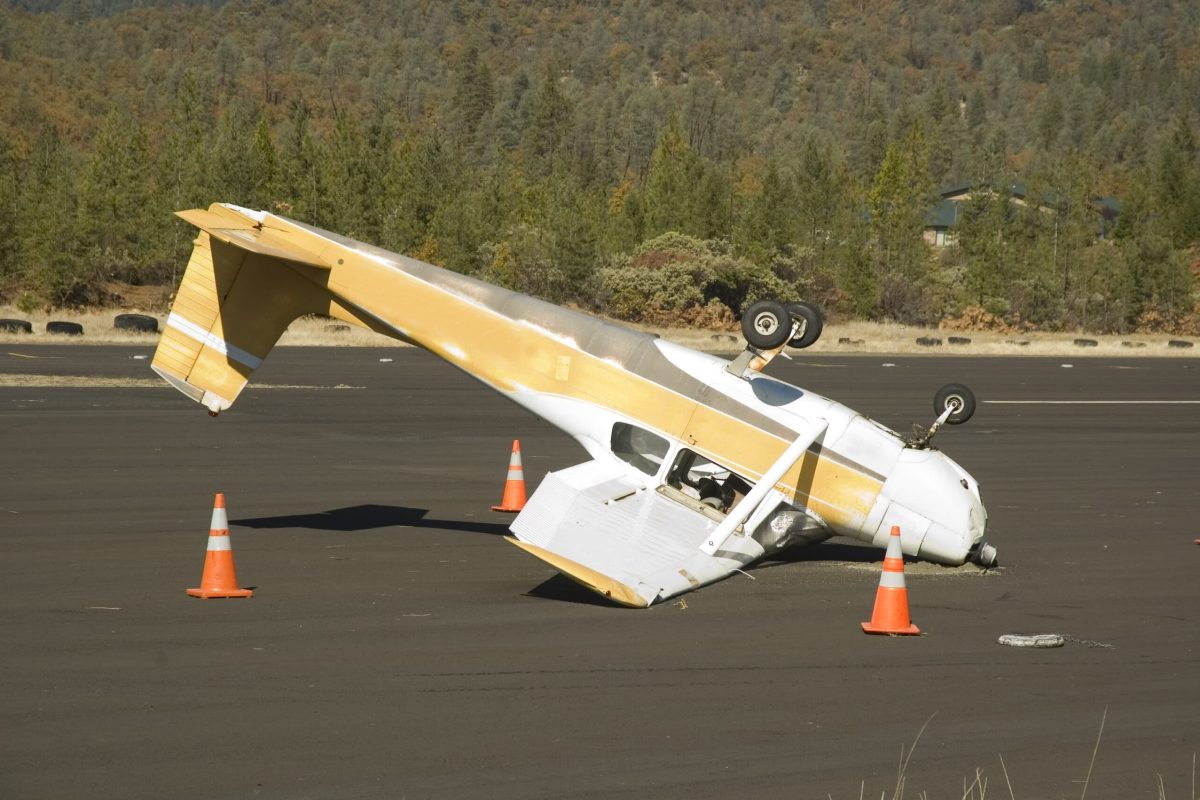TL;DR: Most small aircraft crashes trace back to a few patterns: pilot decision-making and loss of control, weather and CFIT, maintenance or parts failure, and fuel/preflight issues. Below, we break down top causes, how investigations work, and how Pyramid Legal builds aviation claims.
When the news mentions small aircraft crashes, the cause is rarely a mystery forever—it’s usually a pattern safety agencies have seen before. Understanding those patterns helps families and injured passengers know what to look for and how claims are built. Below we cover the leading causes, how evidence is preserved, and how our team at Pyramid Legal approaches aviation cases.
Small Aircraft Crashes: Top Causes
General aviation safety has improved over time, but recurring risks remain. FAA fact sheets and industry analyses point to loss of control, weather-related decision-making, fuel management, and maintenance as frequent factors. The FAA’s 2025 General Aviation Safety Fact Sheet highlights declining fatal rates but ongoing challenges pilots must manage.
Pilot Decisions & Loss of Control
Loss of control—often following a stall in the traffic pattern, low-altitude maneuvering, or destabilized approaches—continues to feature in general aviation incidents. Preflight planning, airspeed discipline, and go-around decisions are critical. Analyses such as AOPA’s Air Safety Institute reports (formerly the Nall Report) track these trends and provide scenario-based insight.
Weather, Terrain & CFIT
Rapidly changing weather, marginal VFR, convective activity, and mountain waves can overwhelm pilots. Controlled Flight Into Terrain (CFIT) can occur when aircraft are flown under control into rising terrain or obstacles due to situational awareness lapses. FAA safety materials emphasize weather currency, instrument proficiency, and terrain awareness.
Maintenance & Mechanical Failure
While many events are human-factors driven, mechanical failures do happen—powerplant issues, control-system problems, or component failures. Investigations examine logbooks, maintenance records, parts traceability, and service bulletins. NTSB reports (including GA dashboards and final reports) document causal chains and recommendations that follow.
Fuel Management & Preflight
Fuel exhaustion, contamination, and mismanagement remain preventable contributors to small aircraft crashes. Thorough preflight planning, proper fueling, and in-flight fuel checks are basic but essential. FAA guidance on common GA challenges repeatedly stresses discipline around fuel and flight planning.
How Pyramid Legal Investigates
In an aviation claim, evidence moves fast. Our team works to secure:
- Records: NTSB dockets, radar and ADS-B data, maintenance logs, and pilot training records.
- Physical evidence: wreckage inspection findings, component testing, and performance data.
- Operational context: weather briefings, NOTAMs, ATC communications, and airport diagrams.
We coordinate with independent experts and carefully track what the NTSB is evaluating. (The NTSB investigates cause; your civil claim focuses on liability and damages.) For background on reporting and preservation rules, see 49 C.F.R. Part 830.
What You Can Do Now
If you or your family were impacted by a small aircraft incident, early steps matter:
- Document what you witnessed and gather photos if safe to do so.
- Keep travel documents, tickets, and communications.
- Avoid repairing or disposing of any potentially relevant personal items without legal guidance.
Our aviation team can help you understand next steps and protect your rights.
Talk With Pyramid Legal
We have experience handling complex aviation cases—commercial and general aviation alike. Learn more about our approach on our Airplane Accident page, read about our firm on About Us, or book a free consultation now. If you prefer to speak directly, visit our Contact page.
Conclusion
Most small aircraft crashes involve well-known risk patterns: pilot decision-making and loss of control, weather/CFIT, maintenance or parts issues, and fuel/preflight errors. Understanding those patterns helps families ask better questions and build stronger claims. When you’re ready, Pyramid Legal can guide your investigation and pursue accountability.
Free Aviation Case Review
Have questions after an aviation accident? Book your free consultation or contact Pyramid Legal. Our Pasadena aviation team is ready to help.








